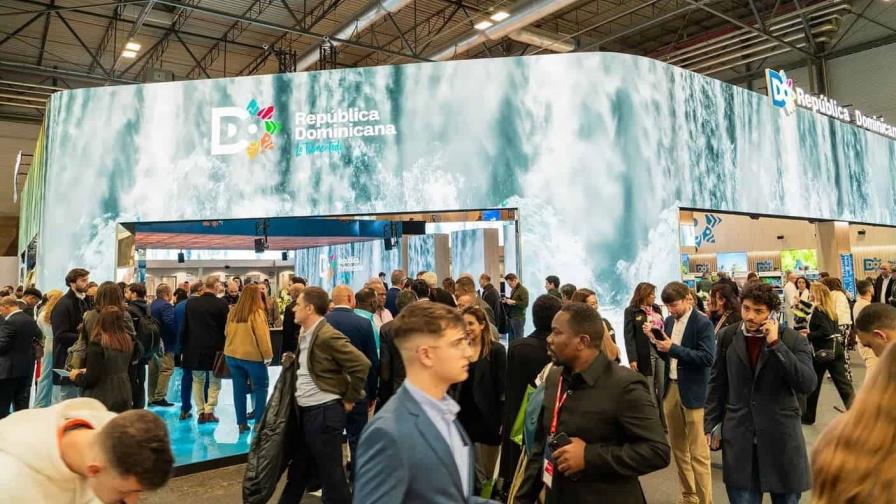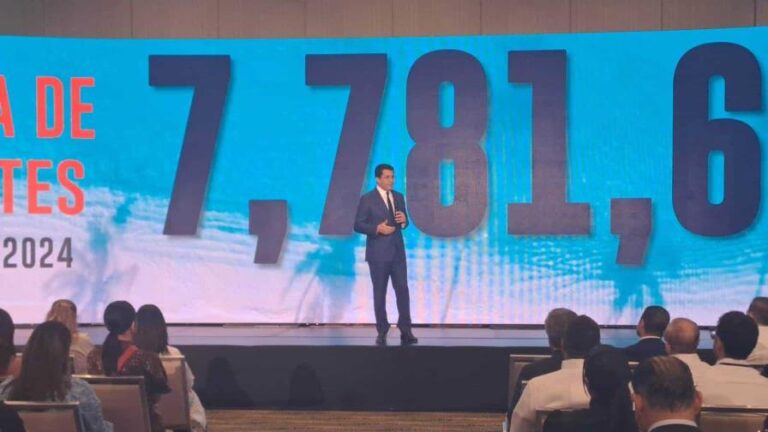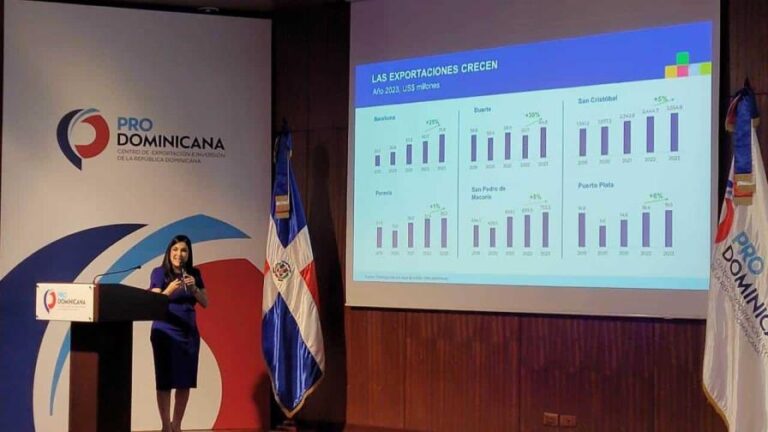
Challenges and Sustainability in Dominican Tourism
The participation of the Dominican Republic in FITUR (a tourism promotion fair launched in 1981 in Madrid, Spain) has evolved dramatically as the country’s tourism industry has grown and consolidated its success.
From the days of Víctor Cabral, Ellis Pérez, and Fello Suberví (1978-1986) as Secretaries of State, with a minimal promotional budget and the almost exclusive backing of Casa de Campo, to today—with an immersive stand of over 1,000 m², winning among 156 participating countries—more than four decades of effort, especially from the private tourism sector, have passed.
More recently, though it may seem incredible, just three government terms ago, figures like Frank Rainieri, Papo Blanco, Simón Suárez, Johnny Bernal, Luis López, Julio Llibre, and Quiterio Cedeño insisted on the importance of inviting specialized journalists, congress members, and opinion leaders to understand the economic and social impact of tourism in the country.
Success Overwhelms Us
Today, Dominican tourism has grown so much that it is overwhelming. It is estimated that around 900 Dominicans participated in FITUR 2024, including industry professionals and other stakeholders. However, this growth also presents challenges: as in DATE, at least half of the first day of the fair is unproductive for those truly there to do business.
Beyond this, the sector has changed. Today, the hotel industry has strong financial sector involvement, not just through loans but also through direct investments in hotels by banks and investment funds, both national and foreign.
The reasons are clear: the investment needed to build a resort is increasingly higher due to the demands of contemporary tourists and global competition. The Dominican hotel industry no longer competes solely with the Caribbean but with the entire world.
A New Business Model
The business model has also changed. Tour operators, who once dominated the industry with their market negotiations, rates, and airline seat allocations, have ceded prominence to digital platforms, which have empowered modern travelers. Today, tourists have the world at their fingertips—literally—through their smartphones.
The visitor profile has also evolved. While the United States and Canada have always been key markets, they currently represent 60% of visitors. This has led to the entry of major North American hotel brands with a global presence and powerful reservation centers, such as Marriott, Hyatt, Hilton, IHG, and Wyndham.
Despite this, 16 Spanish families still control 40% of the country’s hotel rooms—something we must recognize and appreciate. However, some experts predict that in the next decade, national investment funds will play a dominant role in the country’s hotel and tourism business.
Final Reflections
Time will tell how this industry evolves, but one thing remains unchanged: a hotel requires professional management, from its construction to its daily operation.
Therefore, we must understand that while the financial sector’s participation is an achievement, the role of hoteliers and tourism experts is also crucial. Along with the Ministry of Tourism, they shape the country’s institutional agenda.
I also appreciate the presence at FITUR of press directors, specialized journalists, congress members, mayors, and municipal representatives, as they help spread awareness of the sector’s importance. However, we must not forget that MITUR and ASONAHORES have been the guardians of Dominican tourism from its inception, ensuring both what is visible and what is not.
While everything is going well, we must not lose sight of what truly matters: a sustainable development agenda that guarantees long-term success. The challenge now is to maintain this growth in an orderly, sustainable, and balanced manner.
In memory of Daniel Hernández, a hospitality professional and mentor in the education and technical training of his staff at CENAPEC.
Source:



